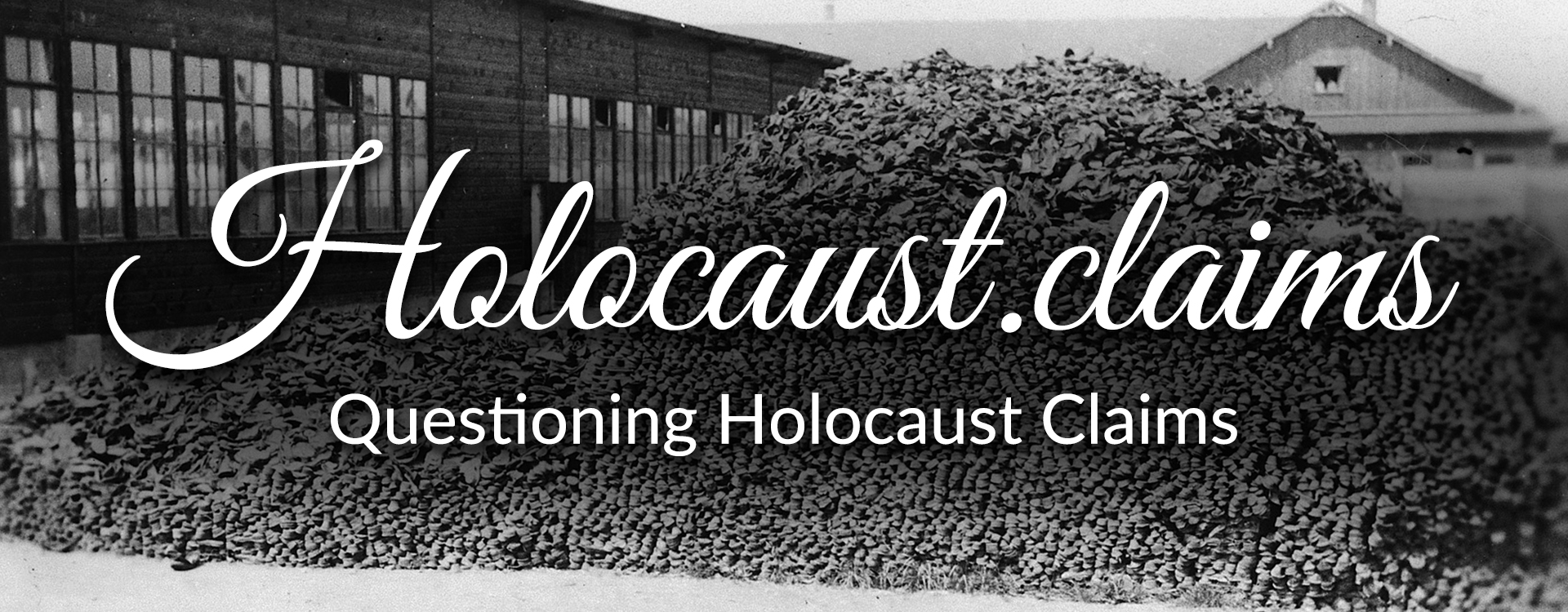In the Holocaust Denial on Trial (HDoT) article about physical traces of the alleged homicidal gas chamber buildings at the Operation Reinhard camps they only present ‘evidence’ of the alleged gas chambers in Treblinka. Belzec and Sobibor are ignored. You would think that if there is such great evidence HDoT would want to present it.

Today I will determine if there is any physical evidence for the alleged gas chambers at Belzec.
The following picture is what Belzec looks like today. I have previously written about Andrzej Kola’s archaeological investigation performed in Belzec over five decades after the war. He didn’t actually do any digging, rather he drilled in various areas to chart the area of a mass grave. Carlo Mattogno has this to say about Kola’s findings, “Thus, from all 236 drilling samples, we have only 5 ‘positive’ cases, that is, 2%! What does that mean, apart from any extrapolations? It means simply that the drill, which had a diameter of 65 millimeters (2.5 inches), went like a lance five times through the remains of three or four bodies; in other words, in concrete terms, Kola has discovered 15 or 20 corpses.” (quote from page 78). Therefore Kola’s investigation could not conclude that 434,500 Jews were murdered in Belzec. As you can see, further archaeological investigation into the matter would be quite difficult.
Contrast that with Kola’s investigation of the buildings at Belzec. In Carlo Mattogno’sbook, Belzec—Propaganda, Testimonies, Archeological Research, and History, we learn that Kola actually unearthed and examined the buildings, something he did not do with the bodies in the mass graves. Mattogno chalks this up to the fact that a through investigation of the mass graves would have risked a discovery that was at odds with the official Holocaust narrative.

Kola is so eager to find the fabled homicidal gas chambers he is willing to render eyewitness reports that contradict his findings as ‘unreliable’. Kola’s findings assert that a wooden building probably served as a gas chamber during the second phase of the camp. Problem is Kola never considered weather this structure could have belonged to the first phase of the camp. Then there is the problem that the witness testimony and judicial findings describe the gas chamber as a brick structure. AND THEN there is the problem that the size of the structure Kola found does not match the size of the building according to testimony and judicial findings.

Mattogno concludes this matter by saying, “To recapitulate: On the one hand, the archeological findings contradict the testimonies and the judicial findings, making them inadmissible; on the other hand, Kola’s hypotheses regarding the functions of “Building G” are in disagreement with the testimonies and the judicial findings. However, if we are to accept the official thesis, we cannot free ourselves from these sources: Either the gas chambers did exist the way the witnesses have described them, or they did not exist at all. And because the archeological findings contradict the witnesses, the gas chambers of the second phase of the camp never existed.” As I have said before, the question is not, could it have happened? The question is, did it happen the way they said it happened?
Stanislaw Kozak was a Holocaust survivor who claimed to have taken part in building the gas chambers for the first phase of the Belzec camp. According to him they were located in the southern part of the camp, near the railroad siding. Kola thoroughly examined this area. The picture below are the ruins of the building that Kola discovered. He entertains the notion that these ruins could have been the homicidal gas chambers. He posed the question, “Only the building D was relatively big. Can it be interpreted as a death chamber?” Since the buildings function is obvious Kola states, “In sector No. 2, there is a brick channel 6 × 1 m2 serving originally as a canal [sic] for repairing cars.” (information in this paragraph referenced from pages 94-96)

Problem is the witness testimony from Kozak states that the building for the gas chamber was not a conversion, rather it was built expressly to be a gassing structure. The measurements and layout of the archeological findings do not match the testimony. Because of these problems Kola finally has to admit that ‘building D’ is not the gas chamber. However Kola does not take this lack of evidence to mean that there is no gas chamber. Because he could not have a conclusion that opposed the official Holocaust narrative, Kola asserts that the gas chambers must be south-east from ‘building D’. However, there are no traces of any structure in that area.

Holocaust scholar, Robin O’Neil, candidly admits that there are no traces of any gas chambers at Blezec. O’Neil uses circular logic to reach the conclusion of the Holocaust being real and happening the way they said it happened by writing off this lack of evidence with the cope that Nazis destroyed all traces of the building.

It should now be clear why HDoT didn’t mention the physical evidence for Belzec- because there is none. What about Sobibor? Read part four to find out.



Hey real quick, I found your Telegram channel: https://t.me/holocaustclaims
Have you considered connecting a chat members group to it so people can comment on your posts there? I’m delighted to see the amount of members there and positive reception.
I did consider it, but then I saw how toxic chats get on Telegram, lol.
I have to thank my husband, Mike Peinovich of the NJP, for promoting my channel. He’s the reason I have so many followers on telegram.